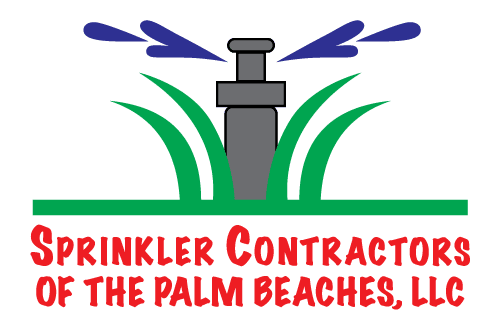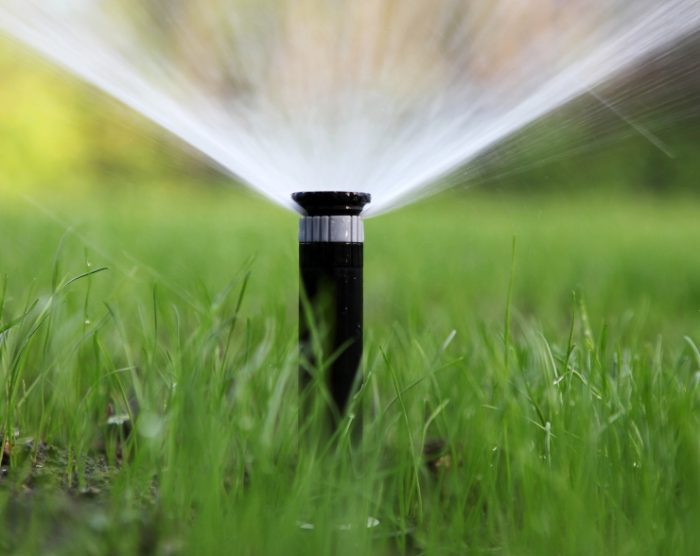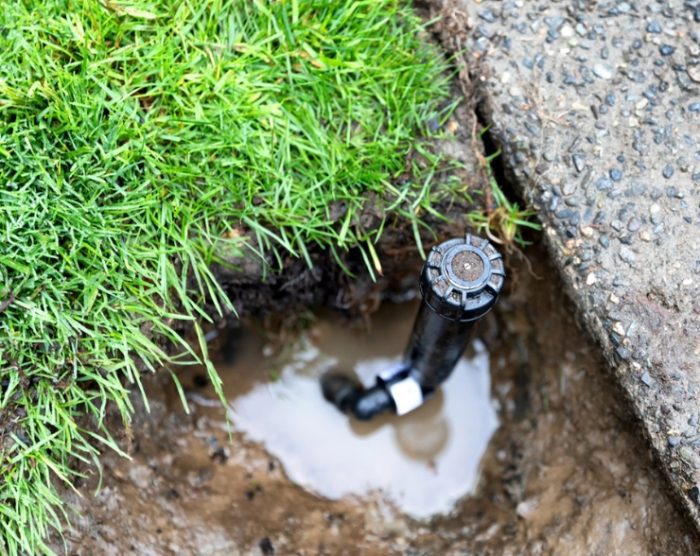How Rain Sensors Enhance Irrigation Efficiency
Summary:
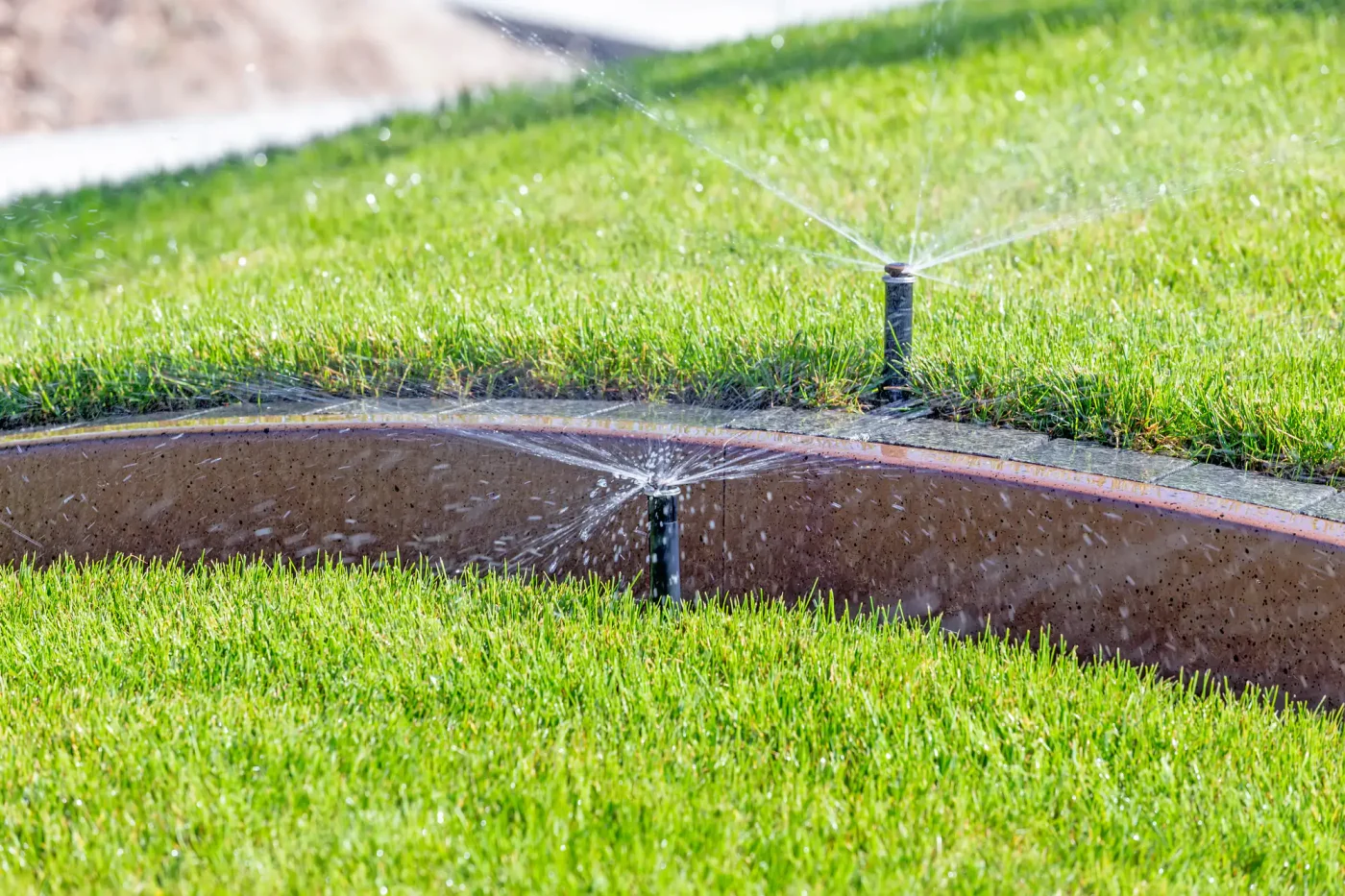
What Are Rain Sensors and How Do They Work
Rain sensors are small, weather-detecting devices that connect to your irrigation controller and automatically interrupt watering cycles when sufficient rainfall occurs. Think of them as your irrigation system’s weather-aware brain.
These devices operate using two main methods: collecting rainwater to measure weight or electrical conductivity, or using hygroscopic disks that expand proportionally to rainfall. The most popular type uses expanding disks because they’re reliable, low-maintenance, and cost-effective.
When rain hits the sensor, the internal mechanism triggers and sends a signal to pause your scheduled irrigation. The system stays off until the collected moisture evaporates or the disks dry out and contract, typically taking 24-48 hours depending on weather conditions.
Types of Rain Sensors Available in Florida
Expanding disk sensors are the most popular choice due to their low cost, simple installation, and minimal maintenance requirements. They’re available in both wired and wireless versions, with wireless models offering installation flexibility up to 300 feet from the receiver.
Weight-based sensors collect rainwater in a small cup and interrupt irrigation when a preset weight is reached. While accurate, they require more maintenance since debris, birds, or other objects can trigger false shutoffs. Electrical conductivity sensors use electrodes to detect water levels in a collection dish, with adjustable distances to prevent activation during light rain events.
For Palm Beach County’s climate, expanding disk sensors offer the best balance of reliability and convenience. These hygroscopic disks absorb water and expand proportionally to rainfall, with easily adjustable settings marked on the cap to determine how much rain triggers the shutoff.
Wireless models are particularly valuable for retrofitting existing systems or when running wire to the controller location presents challenges. The installation flexibility means you can position the sensor in the optimal location for accurate rainfall detection without worrying about wire routing through landscaped areas.
Proper Rain Sensor Installation and Placement
Location determines everything when it comes to rain sensor performance. The sensor should be mounted where it receives unobstructed rainfall but stays clear of sprinkler spray, typically near the roofline on a building’s side, avoiding direct roof runoff and ensuring trees, overhangs, or awnings don’t block rainfall.
The sensor must be positioned where it can receive rainfall unobstructed and cannot be wetted by irrigation water or roof runoff. This means finding that sweet spot where natural precipitation reaches the device while avoiding false triggers from your own sprinkler system.
For security and optimal performance, mount the sensor high enough to avoid tampering but accessible for annual maintenance. If vandalism isn’t a concern, fence posts or deck railings work well, though closer proximity to the controller reduces wire length and potential breaks.
Connection to your irrigation controller can be wireless or hardwired, depending on your sensor type. Professional installation ensures proper wiring, optimal placement, and compliance with local codes. The investment in correct installation pays dividends through years of reliable operation and maximum water savings.

Rain Sensor Benefits and Water Conservation Savings
Rain sensors provide two primary benefits: water conservation by preventing irrigation after recent rain events, and money savings by reducing utility bills and lawn maintenance costs. But the actual numbers might surprise you.
When properly maintained, rain sensors save homeowners more than 2,500 gallons per 1,000 square feet annually. For a typical Palm Beach County property, this translates to substantial cost savings and environmental benefits.
The efficiency gains extend beyond just water conservation. Your irrigation system experiences less wear and tear, your landscape stays healthier without overwatering stress, and you contribute to protecting local waterways from nutrient runoff.
Real Water and Cost Savings in Palm Beach County
Let’s break down the actual savings potential for your property. For a system irrigating half an acre of turf applying half an inch of water per cycle, you’re looking at 13,576 gallons per watering event. At $2.00 per thousand gallons, that’s $27.15 saved every time the sensor prevents an unnecessary irrigation cycle. Multiply this by the number of substantial rainfall events during growing season, and the savings become significant.
Research by Dr. Bernard Cardenas-Lailhacar and Dr. Michael Dukes found that in areas where water costs exceed $2.00 per thousand gallons, rain sensor costs were recovered in less than a year. Given Palm Beach County’s water rates, most homeowners see payback within 8-12 months.
Conservative estimates suggest rain sensors provide at least 8% water savings, making them one of the most cost-effective irrigation improvements available. During Florida’s rainy season from June through October, when afternoon thunderstorms are common, these savings compound quickly.
The environmental impact extends beyond your water bill. Unnecessary irrigation contributes to flooding and carries pollutants like fertilizer and pet waste into storm drains, eventually reaching treasured waterways like the St. Lucie River and Indian River Lagoon. Rain sensors help protect these ecosystems while saving you money.
Florida Law Requirements and Compliance
Florida Statute 373.62 requires that “any person who operates an automatic landscape irrigation system shall properly install, maintain, and operate technology that inhibits or interrupts operation of the system during periods of sufficient moisture”. This isn’t a suggestion—it’s the law.
The requirement applies to all automatic lawn sprinkler systems installed after May 1, 1991, and mandates a rain sensor device or switch that overrides irrigation cycles when adequate rainfall occurs. Even older systems often require retrofitting under local ordinances.
Florida’s regulation includes a 48-hour delay requirement, meaning once rainfall is detected, the irrigation system must remain inactive for a minimum of 48 hours before resuming watering. This allows sufficient time for soil absorption and prevents unnecessary watering when plants don’t require additional moisture.
Licensed contractors are required to test rain sensors during any irrigation system work and must install new devices or repair existing ones if they’re not functioning properly. This ensures compliance and optimal performance, but it also means you need working sensors before any professional service work can be completed.
Non-compliance isn’t just about avoiding fines—it’s about being a responsible water steward in a state where conservation matters. Florida’s sensitive ecosystem makes it one of only a few states with rain sensor requirements, recognizing the critical importance of water conservation.
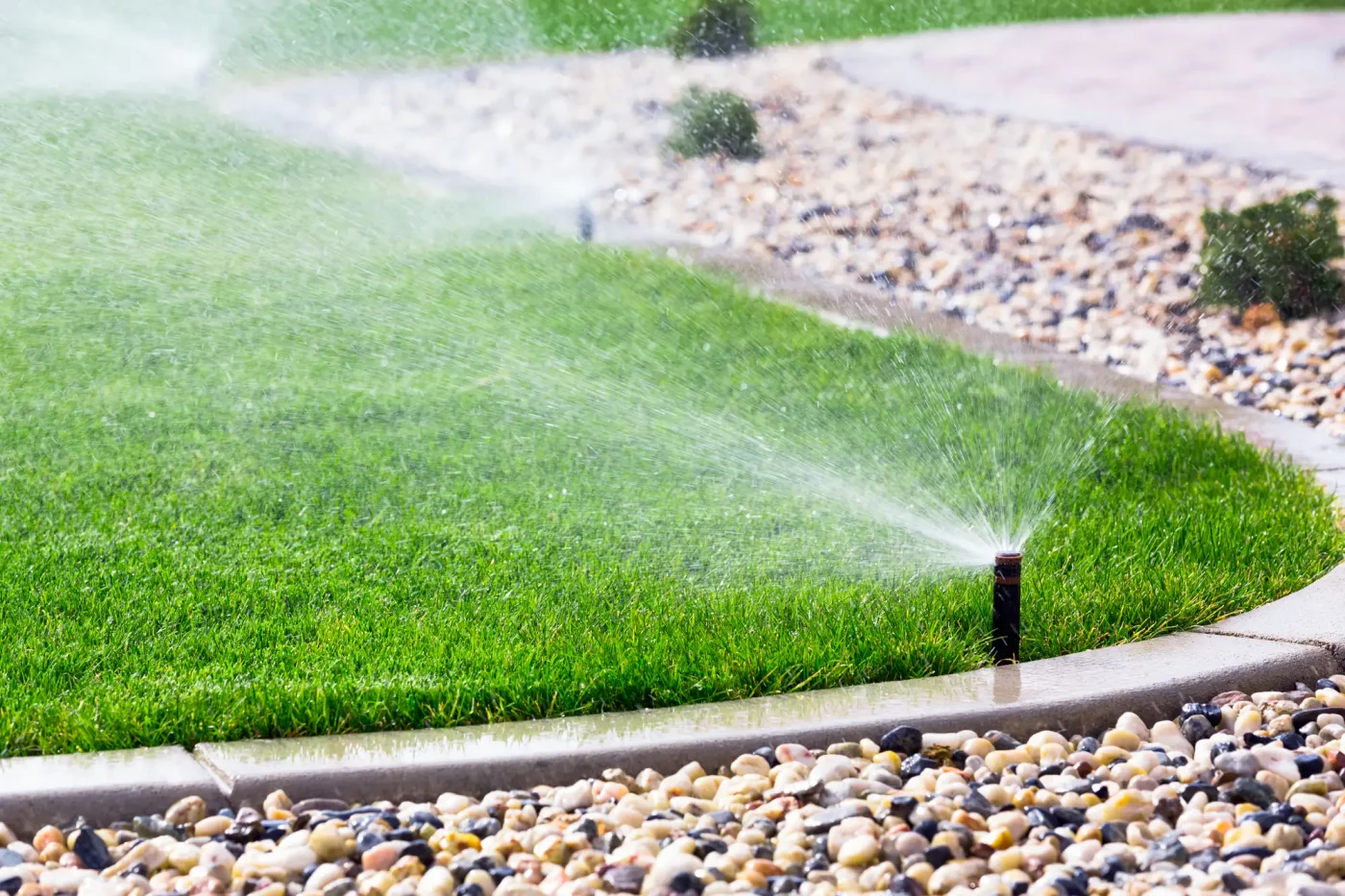
Making Rain Sensors Work for Your Palm Beach Property
Rain sensors represent one of the smartest investments you can make in your irrigation system. They’re required by law, proven to save money, and essential for responsible water management in Palm Beach County’s climate.
For maximum savings, set your rain sensor to the smallest possible threshold—typically 1/8 inch—and never exceed 1/4 inch. Regular maintenance and annual testing ensure optimal performance and compliance.
The technology is simple, the installation is straightforward, and the benefits compound over time. Whether you’re retrofitting an existing system or planning new irrigation, rain sensors should be your first consideration. For professional installation , maintenance, or system upgrades in Palm Beach County, we can help you maximize your water savings while ensuring full compliance with Florida regulations.
